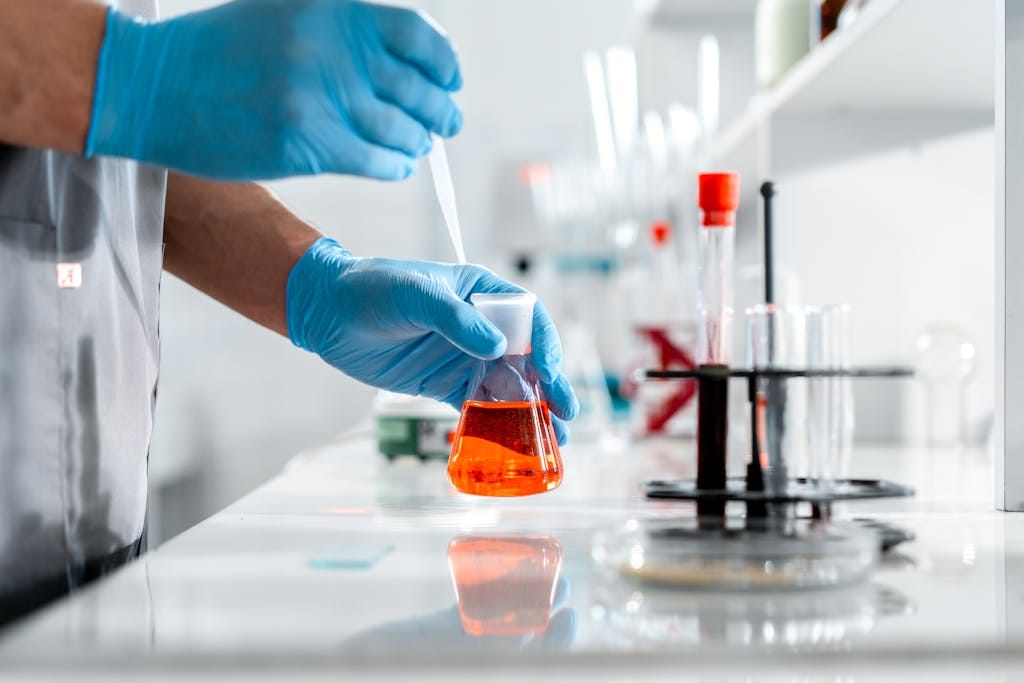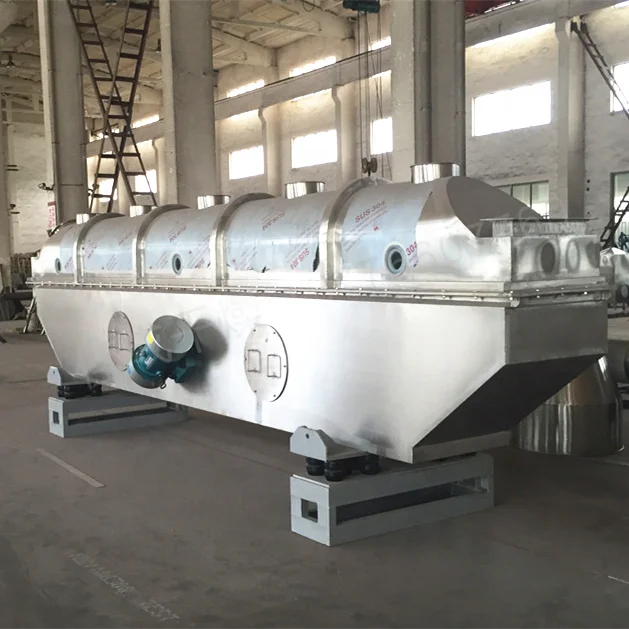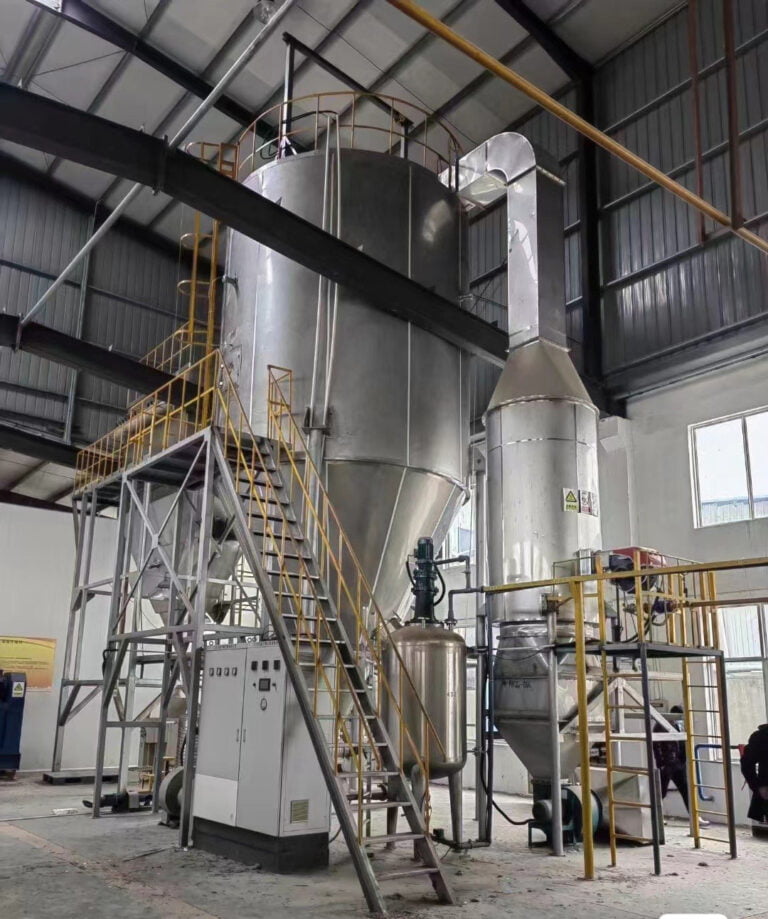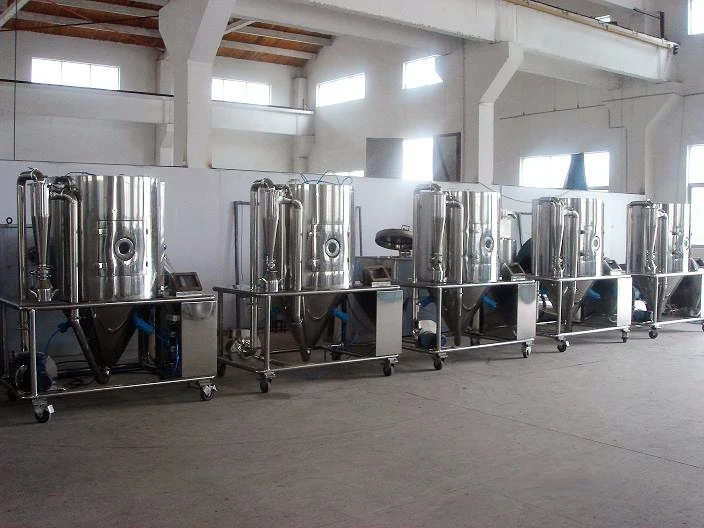Порошковое оборудование в фармацевтическом производстве: Ключевые приложения и преимущества
Порошковое оборудование в фармацевтическом производстве
In the highly regulated and precision-driven field of pharmaceutical manufacturing, powder equipment plays an indispensable role. The quality and consistency of pharmaceutical powders directly impact the efficacy and safety of the final drug products.

One of the key applications of powder equipment in pharmaceuticals is in the formulation and production of solid dosage forms such as tablets and capsules. Mixers are used to blend active pharmaceutical ingredients (API) with excipients in a precise and homogeneous manner. High-quality mixers ensure that each tablet or capsule contains the correct proportion of the drug, which is crucial for accurate dosing. Например, a double-cone blender with its gentle mixing action is suitable for handling fragile APIs without causing degradation.
Granulators are also essential. They transform fine powders into granules of a specific size and shape. This process not only improves the flowability of the powder, making it easier to handle and fill into capsules or press into tablets, but also affects the dissolution rate of the drug. Fluid bed granulators are popular as they can control the granulation process precisely, allowing for the production of granules with uniform properties. In the production of controlled-release tablets, granulation techniques can be adjusted to achieve the desired drug release profile over an extended period.
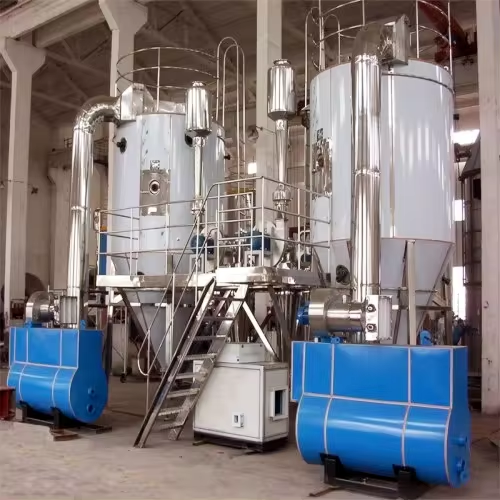
Dryers are used to remove moisture from pharmaceutical powders. Vacuum dryers are often preferred as they can operate at lower temperatures, protecting heat-sensitive APIs from degradation. The precise control of drying parameters such as temperature, pressure, and drying time is vital to ensure that the powder reaches the optimal moisture content without losing its potency.
In addition to these, powder sieving equipment is employed to separate out any oversized or undersized particles. This ensures that the final product meets the strict particle size specifications required for proper formulation and bioavailability.
The benefits of using advanced powder equipment in pharmaceutical manufacturing are numerous. Firstly, it improves product quality and consistency. By precisely controlling the mixing, granulation, сушка, and sieving processes, the variability in the final product is minimized. This is especially important for drugs with a narrow therapeutic index, where even a small deviation in the amount of active ingredient can have significant consequences.

Secondly, it enhances production efficiency. Automated powder equipment with programmable logic controllers (ПЛК) can be set to run continuous and reproducible processes, reducing production time and labor costs. Например, a fully automated tablet press line integrated with powder handling equipment can produce a large number of tablets in a short period while maintaining high quality.
Окончательно, compliance with regulatory standards is easier to achieve. The pharmaceutical industry is subject to strict regulations such as Good Manufacturing Practices (GMP). Powder equipment that can provide accurate records of process parameters, such as temperature logs and mixing times, helps in demonstrating compliance during audits. В заключение, powder equipment is the cornerstone of modern pharmaceutical manufacturing, enabling the production of safe, effective, and high-quality drugs.


